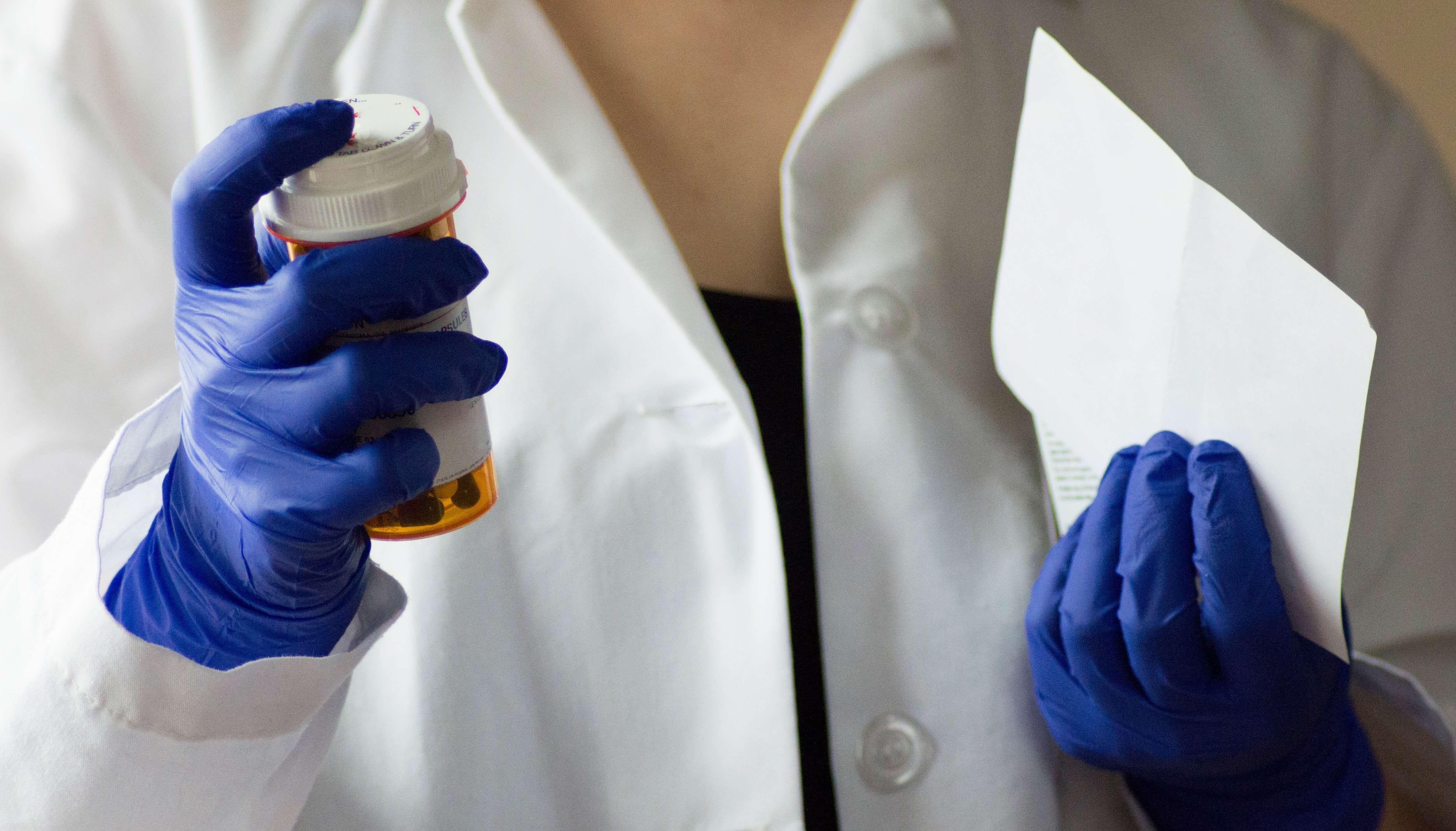Exam-grade gloves, often referred to as medical gloves, were originally designed for non-surgical medical procedures. They differ from industrial-grade gloves due to one factor: rigorous factory-level testing. This testing is based on acceptable quality limits (AQL) set by the U.S. Food and Drug Administration. An AQL limit sets a standard for how many gloves within a batch can fail testing. A low AQL (meaning a small number of defective gloves) for exam-grade gloves is necessary to ensure the glove is of a high enough quality that it can provide the proper barrier protection against extreme risks.
Applications that require exam-grade gloves (in addition to medical and dental) include any industry where biological hazards are a concern. This includes caregiving, beauty, and tattoo services. Workers in these professions come into direct contact with the blood of the customers they are serving. Having exam-grade gloves protects them from the possibility of being infected by blood borne pathogens.
AQL measures the quality of a batch of gloves as a percentage. For example, exam-grade gloves must have an AQL of 2.5 or lower. This means that in a batch of exam-grade gloves, only 1.5% of the batch can fail the test (2.5 gloves out of a batch of 100.) A batch of gloves that fails the test will be labeled for industrial use only. Read more about glove quality testing.
Exam-grade gloves can be made of different materials including latex, nitrile rubber and vinyl. However, they only come in powder free as the FDA banned the use of powdered exam-grade gloves in 2017.
When buying exam-grade gloves, there are several materials to choose from:

Latex
Medical gloves have long been made from latex rubber, a natural material that can be turned into a thin protective barrier without sacrificing dexterity and sensitivity to touch. Latex gloves have been the standard in healthcare since their development in the 1940’s. Latex is preferred because it is the most comfortable glove material.
However, due to a growing number of latex allergies, many healthcare professionals are gravitating towards latex-free exam-gloves. In fact, long-term exposure to latex can aggravate a minor allergy, affecting medical personnel as well as patients.
If you work with a large variety of people every day, it is safer to use a latex alternative in your work place.

Vinyl
The last option in exam-glove material is vinyl. At a lower cost than latex or nitrile, vinyl is a good latex-free medical glove option for those who go through frequent glove changes. However, it provides a looser fit than latex or nitrile gloves. This is why it’s best for short-duration tasks. Like nitrile, vinyl offers good protection against chemicals. So if you come across blood borne pathogens and work with chemicals while changing your gloves frequently, vinyl is the best choice for your work place.

Nitrile
One of the best latex-alternatives is nitrile. This material has the benefit of conforming to the wearer’s hand once the material reaches body temperature. For this reason, latex gloves aren’t the only option if you want a good fit and feel. Nitrile also has the benefit of being more chemically resistant. In fact, it is recommended for use with most common chemicals. So if you work in an environment where you encounter biological and chemical hazards, nitrile is the best choice.
Regardless of which glove material you choose, make sure they are labeled exam-grade! Without receiving an AQL score, disposable gloves are not suited for medical purposes.






